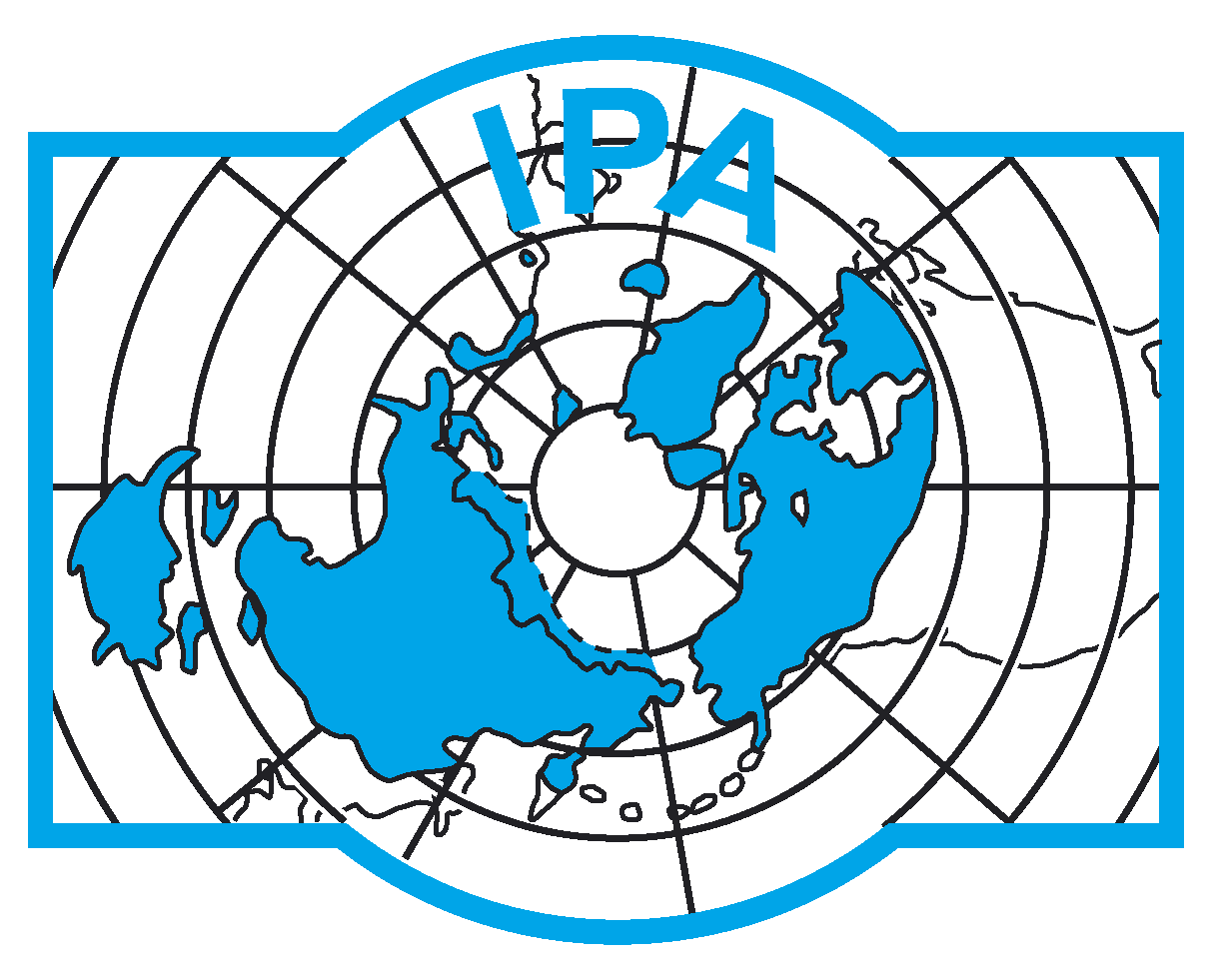Steering committee
Mohammad Farzamian, Univ. of Lisbon, Portugal
Christian Hauck, Christin Hilbich, Coline Mollaret, Univ. of Fribourg, Switzerland
Teddi Herring, Univ. of Ottawa, Canada
Andreas Hördt, TU Braunschweig, Germany
Christof Kneisel, Univ. of Würzburg, Germany
Cécile Pellet, PERMOS office, Univ. of Fribourg, Switzerland
Ricardo Scandroglio, TU München, Germany
Sebastian Uhlemann, Lawrence Berkeley National Laboratory, USA
Working Groups
WG1: Database Structure and implementation
This WG will initiate the development of the IDGSP using synergies with funded national projects (REP-ERT Switzerland, PermafrostNet Canada). First steps include the development of the overall concept for the IDGSP, including the DB structure, but also questions regarding hosting, and securing of the long-term commitment, data policy, etc.
WG2: Compilation of Meta Data
First steps will include the circulation of an online available submission form for collecting metadata on geoelectrical surveys on permafrost (call for data) and the spatial representation of existing ERT surveys (map of ERT surveys). In addition, a concept for an 'open access metadata archive' will be developed.
WG3: Strategy for ERT Survey Repetition
This WG defines the criteria/priorities to select relevant profiles to be re-measured in 2021/2022, and coordinates financial and technical support, where necessary. Moreover, it aims at developing guidelines for measurement and repetition of ERT surveys on permafrost.
WG4: Joint Data Processing
This WG will address the geophysical (QA/QC, consistent processing) aspects of the database, with the aim to compile guidelines for the re-processing and archiving of historical (and recent) ERT data on permafrost.
WG5: Incorporating Additional Data & Link to GTN-P
This WG addresses all questions regarding potential additional (meta) data that should be included in the DB (e.g. VES surveys, other geophysical methods, boreholes, etc.). Further, it will coordinate first steps towards a future link to GTN-P.
WG6: Data Application and Publication
This WG develops a strategy for the analysis of the joint data set and coordinates different approaches to analyse/illustrate the available data in preparation of a joint publication.
WG7: Webpage and Web-based Interface for Data Upload
This WG will coordinate all activities around the webpage and the planned web-based interface for (meta) data upload and a public location map of all ERT surveys in the DB.
The participation to these Working Groups is open. If you want to join and contribute one of them, please join the WG channel on Slack (contact ertdb@unifr.ch if needed).




